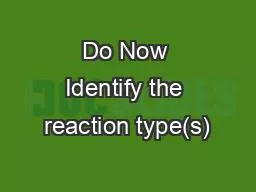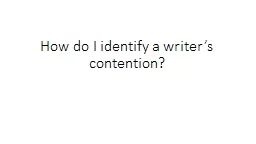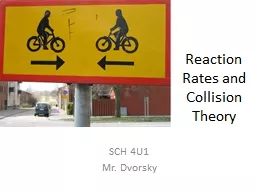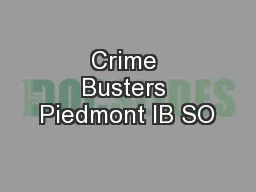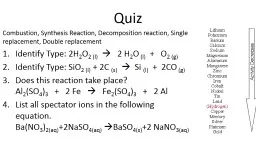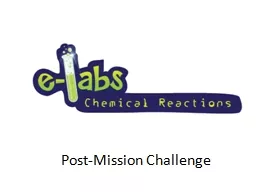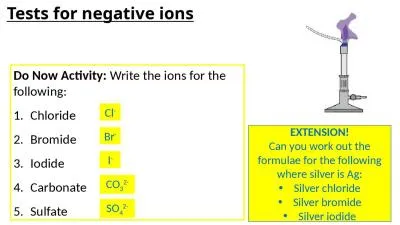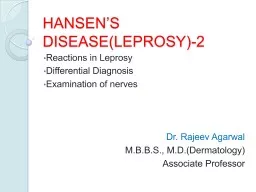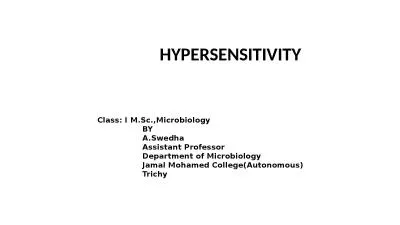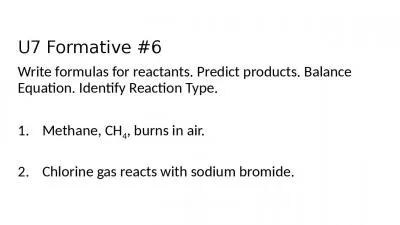PPT-Do Now Identify the reaction type(s)
Author : reimbursevolkswagon | Published Date : 2020-08-28
C 6 H 12 9 O 2 6 CO 2 6 H 2 O Cl 2 2KBr Br 2 2KCl NaOH KNO 3 NaNO 3 KOH 2H 2 O 2 2H 2 O Will this reaction go forward Why or why not If so balance
Presentation Embed Code
Download Presentation
Download Presentation The PPT/PDF document "Do Now Identify the reaction type(s)" is the property of its rightful owner. Permission is granted to download and print the materials on this website for personal, non-commercial use only, and to display it on your personal computer provided you do not modify the materials and that you retain all copyright notices contained in the materials. By downloading content from our website, you accept the terms of this agreement.
Do Now Identify the reaction type(s): Transcript
Download Rules Of Document
"Do Now Identify the reaction type(s)"The content belongs to its owner. You may download and print it for personal use, without modification, and keep all copyright notices. By downloading, you agree to these terms.
Related Documents

